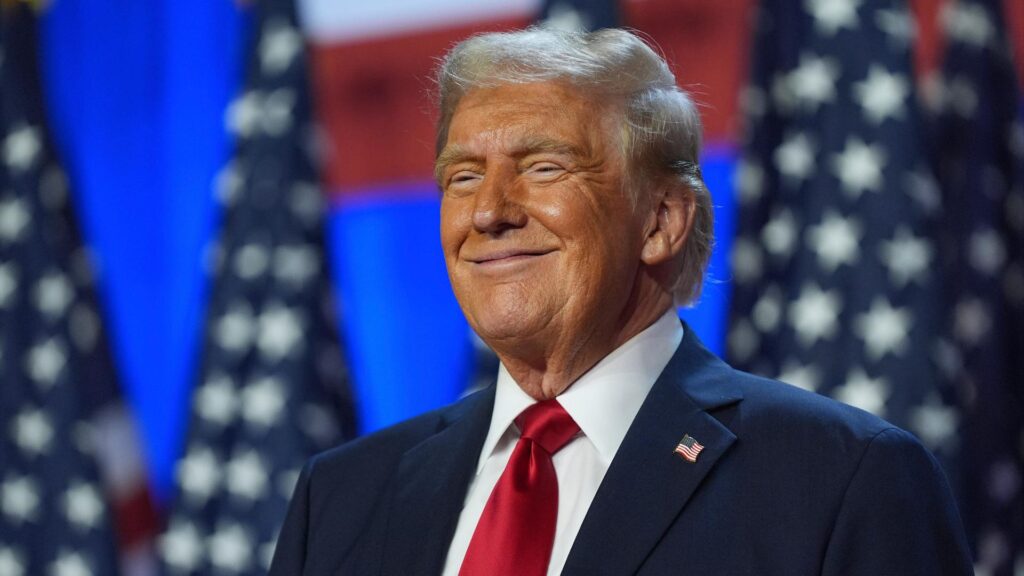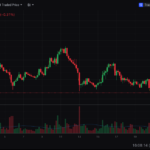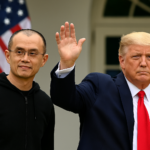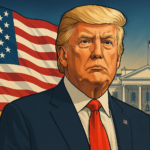The Trump family is diving headfirst into crypto, as Eric Trump and Donald Trump Jr. team up with crypto mining firm Hut 8 to launch a new venture: American Bitcoin Corporation. This bold initiative aims to build one of the most efficient Bitcoin mining operations globally, at a time when institutional interest in crypto is intensifying—and mining profitability is under pressure post-halving.
American Bitcoin: A New Powerhouse in Mining?
American Bitcoin, previously known as American Data Centres, is now majority-owned by Hut 8 (80% stake) and equipped with over 61,000 ASIC miners. While Hut 8 provides infrastructure and operational expertise across 11 U.S. sites, American Bitcoin will focus exclusively on mining and treasury accumulation. The strategic leadership includes Eric Trump as Chief Strategy Officer, with high-profile names like Tinder co-founder Justin Mateen also on the board.
The venture’s pitch is simple: combine energy-efficient infrastructure with powerful political and business connections. Eric Trump believes that access to cheaper energy and proven mining hardware will give the company a competitive edge.
Strategic Goals: Efficiency, Expansion, and Treasury Building
The company targets an aggressive 50 EH/s hashrate and 15 J/TH efficiency. It’s not just about mining; American Bitcoin is also positioning itself as a treasury-holding entity, mirroring the strategy of companies like MicroStrategy and Mara Holdings.
Mara, in fact, recently raised $2 billion through a stock offering to grow its Bitcoin reserves, signaling a broader shift among miners from purely operational models to treasury-focused strategies. But while Mara adapts to market changes, American Bitcoin is launching post-halving—at a time when block rewards have halved and mining economics have shifted dramatically.
Timing and Political Climate
The launch conveniently aligns with President Trump’s pro-crypto policies, including the end of the so-called “war on crypto” and the introduction of a Strategic Bitcoin Reserve. These developments could create a favorable regulatory backdrop for ventures like American Bitcoin.
However, some market watchers question whether Eric Trump fully grasps the post-halving challenges facing miners. With margins tightening, only the most efficient operations will survive—raising the stakes for this high-profile partnership.
Conclusion: The American Bitcoin venture symbolizes a fusion of political capital and crypto infrastructure. Whether it becomes a dominant force or falters under market pressure will depend on execution, timing, and adaptability. Investors may see this as a bullish sign for institutional mining—but as always, this is not financial advice.







